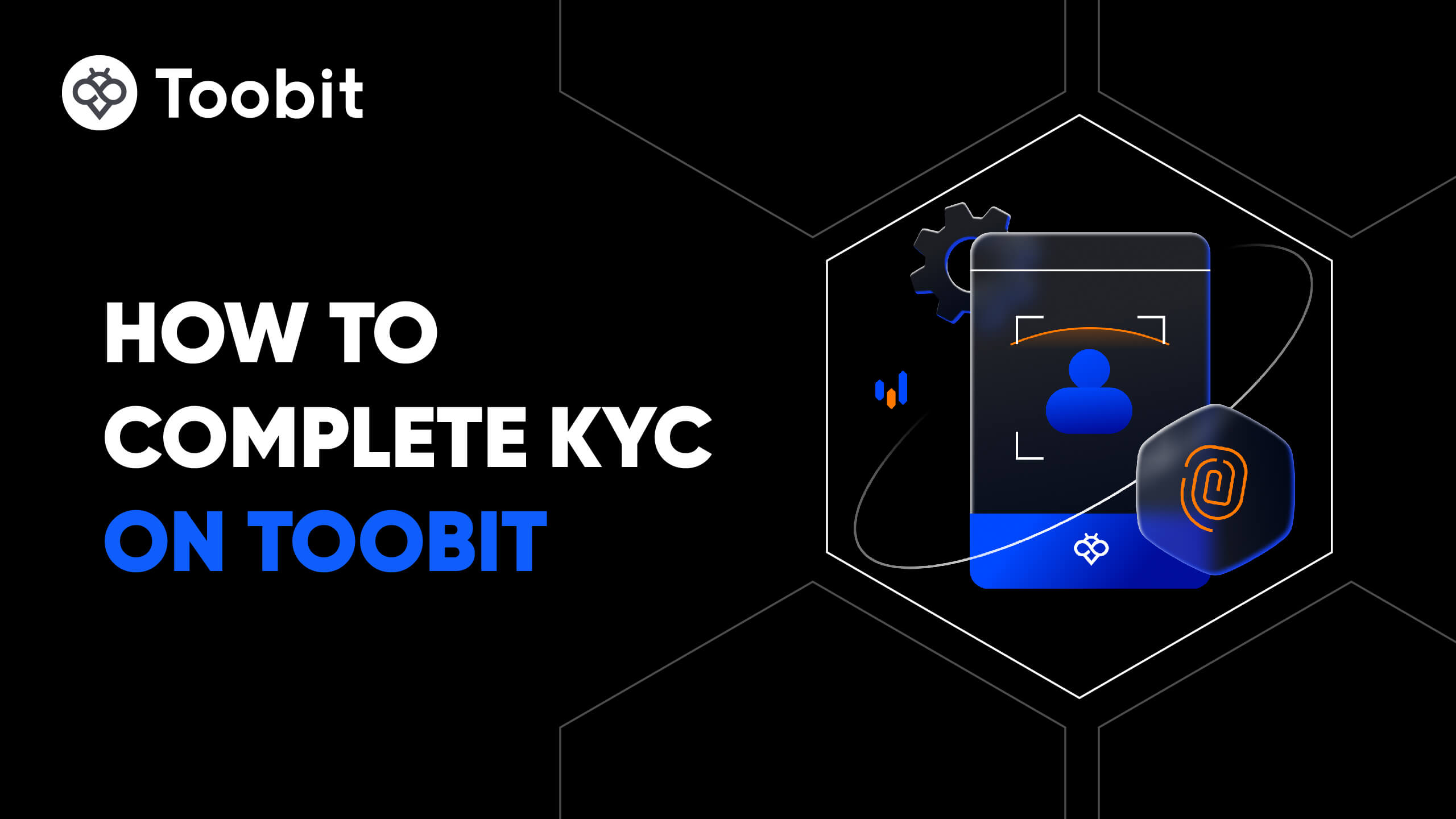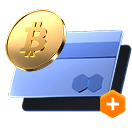--USD+0.00%1D
截至今日 --(UTC+0),The Graph (GRT) 在 undefined 的價格為 -- USD。
The Graph兌USD價格實時走勢圖(GRT/USD)
The Graph 市場資訊
價格表現(24小時)
24小時
24小時最低價 --
24小時最高價 --
歷史最高價
2.87513516
價格變化(24小時)
+0.00%
價格變化(7日)
--
市值排名
#100
市值
438,548,888.0914889
24小時成交量
34.30M
流通供應量
10.62B
最大供應量
--
總供應量
11.42B
鏈接
The Graph 即時價格(今日 USD)
即時 The Graph 價格為 --,目前市值為 438,548,888.0914889。The Graph 價格在過去 24 小時上漲了 0.00%,24 小時交易量為 34,306,542.8552156。GRT/USD(GRT 對 USD)兌換率會即時更新。
1 個 GRT 現值多少 ?
目前,The Graph (GRT) 對 的價格為 --。你現在可以用 USD 購買 1 個 GRT。在過去 24 小時內,最高的 GRT 對 USD 價格為 --,最低的 GRT 對 USD 價格為 --。
關於 The Graph(GRT)
The Graph 是一個去中心化的索引和查詢引擎,它利用區塊鏈技術為 dApp 提供可查詢的資料索引。 GRT 是 Graph 的 ERC-20 原生功能代幣,可用於支付和治理。
The Graph 價格歷史
時間
價格變化
最低價格
最高價格
24h
+0.00%
--
--
0d
+0%
$0
$0
0d
+0%
$0
$0
0d
+0%
$0
$0
為什麼 The Graph 的價格總是波動?
哪些因素會影響 The Graph 價格的表現?
全球 The Graph 價格
目前 The Graph 在其他貨幣中的價值是多少?最後更新時間:--(UTC+0)。
如何購買 The Graph
建立你的免費 Toobit 帳戶
使用你的電子郵件地址/手機號碼與居住國家在 Toobit 註冊,並建立強密碼來保護你的帳戶。
驗證你的身份
輸入你的個人資料並上傳有效的照片身份證件來驗證你的身份。
新增付款方式並購買 The Graph(GRT)
在驗證您的 Toobit 帳戶後新增信用卡 / 金融卡或銀行帳戶。使用各種付款方式在 Toobit 上購買 The Graph。
交易 GRT 永續合約
成功註冊 Toobit 並購買 USDT 或 GRT 代幣後,您即可開始交易衍生品,包括 GRT 合約與槓桿交易,以提升收益。
透過跟隨專業交易員參與 GRT 跟單交易。
註冊 Toobit 並成功購買 USDT 或 GRT 代幣後,您也可以開始跟單交易,關注專業交易員。
我可以在哪裡購買 The Graph?
在 Toobit 應用程式上購買加密貨幣
幾分鐘內註冊完成,即可使用信用卡或銀行轉帳購買加密貨幣
在 Toobit 交易
將你的加密貨幣充值至 Toobit,享受高流動性與低交易手續費。
影片區 — 快速驗證,快速交易

如何在 Toobit 完成身份驗證並防範詐騙
- 1.登入你的 Toobit 帳戶。
- 2.如果你是 Toobit 新用戶,請觀看我們的帳戶建立教學。
- 3.點擊導覽列右上角的個人圖示,然後點擊身份驗證頁面。
更多
GRT 常見問題
什麼是 GRT?
GRT 是 The Graph 協議的原生代幣,用於支付查詢、獎勵索引者和參與治理。The Graph 協議的核心功能是什麼?
The Graph 是一個去中心化的索引協議,允許開發者高效地訪問區塊鏈數據。GRT 的主要用途是什麼?
GRT 用於支付數據查詢、質押以保障網絡安全,以及對治理提案進行投票。GRT 的總供應量是多少?
GRT 的總供應量為 10,000,000,000 代幣。GRT 是否支持多鏈數據索引?
是的,The Graph 正在擴展以支持多個區塊鏈,包括 Polygon、Arbitrum 和 BNB Chain。GRT 是長期投資的好選擇嗎?
GRT 作為 Web3 數據基礎設施的代幣具有長期增長潛力。GRT 的未來展望如何?
隨著 Web3 和多鏈生態系統的擴展,GRT 有望成為去中心化數據訪問的重要資產。The Graph 的歷史是什麼?
The Graph 由 Yaniv Tal(項目負責人)、Brandon Ramirez(研究負責人)和 Jannis Pohlmann(技術負責人)創立。這些創始人擁有工程背景,已經合作了 5 到 8 年。Tal 和 Ramirez 都是 USC 電機工程專業的校友,曾在 MuleSoft 共同工作,這是一家著名的 API 開發公司,後來上市並被 Salesforce 收購。在創立 The Graph 之前,他們共同創辦了一家開發者工具初創公司,專注於優化 API 堆棧。The Graph 源於他們的願景,即使用 GraphQL 查詢語言創建不可變的 API 和數據訪問解決方案。該項目得到了強大社區、戰略風險投資者和區塊鏈領域知名人士的支持。The Graph 價格預測指標
移動平均線是預測 The Graph (GRT) 價格走勢的重要工具。移動平均線計算 GRT 在指定期間內的平均收盤價,並分成等長的間隔。例如,GRT 的 12 天簡單移動平均線 (SMA) 是通過將過去 12 天的收盤價相加後除以 12 得到的。除了 SMA,交易者通常還使用指數移動平均線 (EMA),它對最近的價格賦予更大的權重,使其對近期價格變動更為敏感。加密貨幣市場中常用的移動平均線包括 50 天、100 天和 200 天平均線。這些指標有助於識別關鍵的支撐和阻力位。如果 GRT 的價格上升到這些移動平均線之上,通常表示 The Graph 的看漲趨勢。相反,跌破這些平均線可能表明市場處於看跌狀態。此外,交易者經常使用相對強弱指數 (RSI) 和斐波那契回撤水平來預測 GRT 的潛在價格走向。如何閱讀 The Graph 圖表並預測價格走勢?
由於提供的詳細信息,蠟燭圖比簡單的線圖更受交易者歡迎,用於分析 The Graph (GRT) 的價格走勢。這些圖表提供了不同的粒度,允許交易者選擇不同的時間框架。例如,5 分鐘蠟燭圖非常適合分析短期價格行動,而每週蠟燭圖則更適合發現長期趨勢。最常用的圖表包括 1 小時、4 小時和 1 天的蠟燭圖。例如,1 小時蠟燭圖將 The Graph 的價格行動分段為一小時的間隔。每根蠟燭代表 GRT 在該小時內的開盤價、收盤價、最高價和最低價。每根蠟燭的顏色提供了額外的見解:綠色蠟燭表示收盤價高於開盤價,表明看漲趨勢,而紅色蠟燭則表明收盤價低於開盤價,表明看跌趨勢。有些圖表使用空心和實心的蠟燭體來傳達相同的信息,而不是顏色。哪些因素影響 The Graph 的價格?
The Graph (GRT) 的價格走勢主要由供需動態驅動,類似於其他資產。這些因素可能會受到關鍵事件的顯著影響,例如區塊獎勵減半、硬分叉或區塊鏈協議的更新。此外,外部因素如監管變化、企業和政府的採用、加密貨幣交易所的安全漏洞以及其他現實世界的發展也可能影響 GRT 的價格。因此,The Graph 的市值可能在短時間內經歷顯著波動。為了預測 The Graph 的價格,許多交易者密切關注 GRT “鯨魚”——即持有大量代幣的投資者的活動。由於 The Graph 的市場規模相對於傳統金融市場較小,這些鯨魚可能對 GRT 的價格走勢產生重大影響。監控鯨魚活動對於理解潛在的市場變化和做出明智的交易決策至關重要。
GRT/USD 價格計算器
GRT
USD
1 GRT = -- USD。當前將 1 The Graph (GRT) 兌換為 undefined 的價格為 --。匯率僅供參考。剛剛更新。
Toobit 致力於提供相較於多數主流交易平台更低的交易手續費。您的 VIP 等級越高,享有的費率就越優惠。
幣種排行
暫無數據


